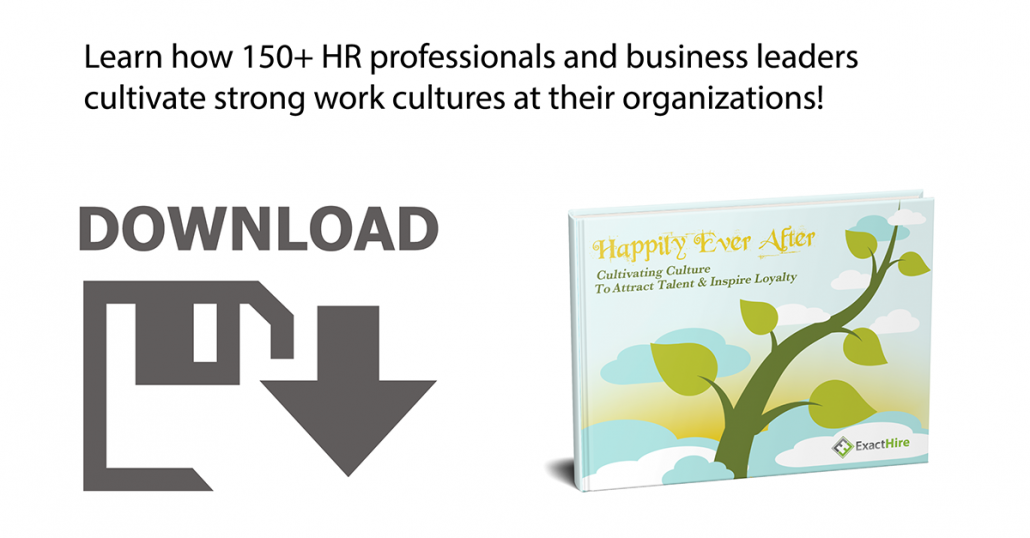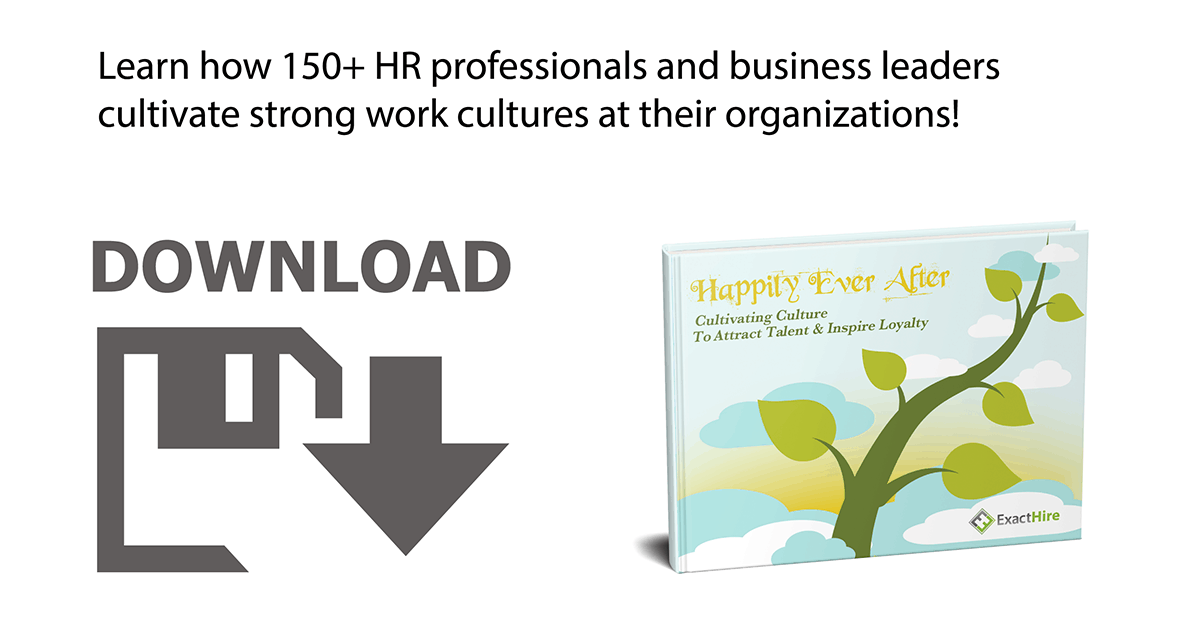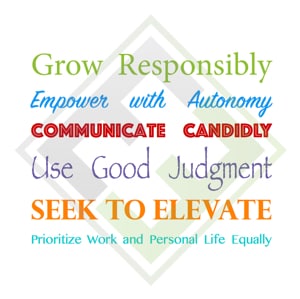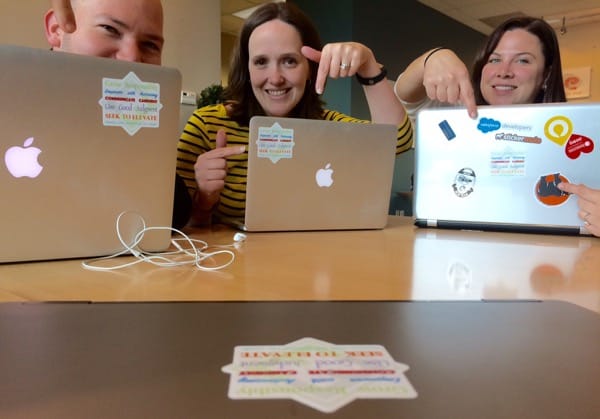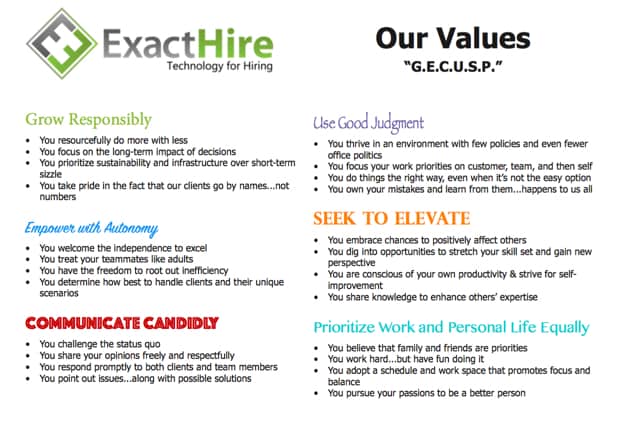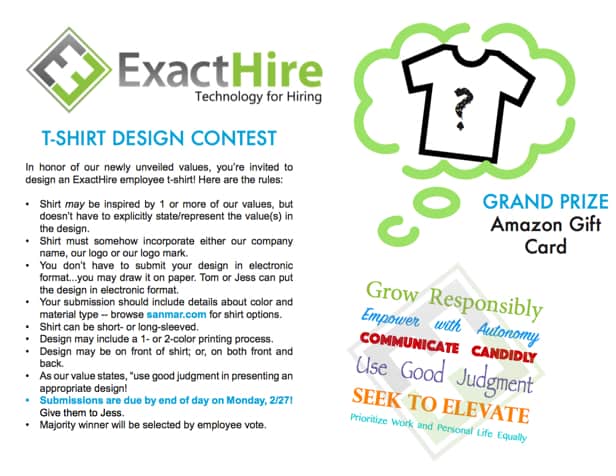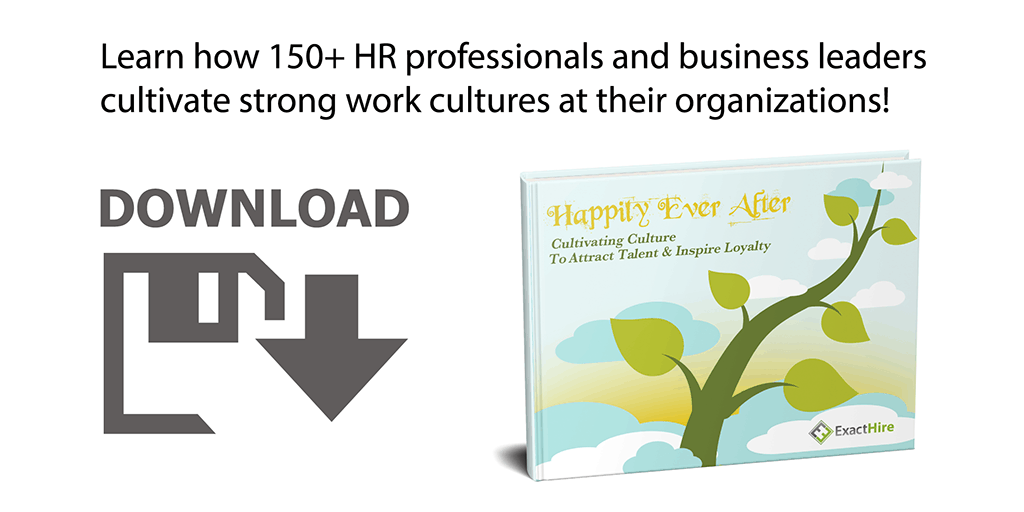Starstruck Behind The Tech Curve
A professional who seeks to lead in any industry will constantly look for ways to increase productivity and efficiency. The past decade has offered businesses countless ways to improve with the introduction of new technologies. Businesses that invested early (and wisely) in new technology were rewarded with a competitive advantage over those that lagged behind. However, this is very difficult for most businesses to do. The difficulty is twofold:
1. Deciding Which Technologies to Adopt
New technologies seem to hit the market every day. Businesses must wade through the hype surrounding new technology and decide which ones will positively affect the bottom line. The sooner they invest in value-added technology, the more likely they will gain a competitive advantage through its implementation.
2. Choosing the Right Vendor or Product
As more and more businesses adopt a technology, great outcomes–let alone a competitive advantage–are not guaranteed. When demand for a new technology increases, the field of competitors expands. This produces some great vendors…along with some awful ones too.
So how does a business effectively invest in technology, when considering the speed of technological advancement and the volume of hype that accompanies it?
Trends and Hype
Not long ago, trends developed over a relatively long period of time. The X-axis usually ticked in years. And we learned about these trends at annual conferences, quarterly magazines, or books (real books). Those who attended, subscribed, or read up were privy to the latest trends.
Today, with technology advancing at breakneck speed, business are feeling a mix of urgency and uncertainty, perhaps even fear. Tech trends are rising and receding so quickly that it’s difficult to determine which trends to follow–lest you be led astray by a fad. We spot these trends on-demand with internet access, a search engine, and social media. Those who connect, search, and follow are instantly in the know.
All of this creates pressure for businesses to adopt new, trending technologies…if only for the hope that it will lead to the possibility of improved outcomes. To avoid wasting resources on a passing tech trend, ask yourself the following questions:
- What are the direct outcomes (benefits) of this technology?
- Do the direct outcomes of this technology affect my bottom line?
- Does my business need to improve these outcomes?
- Am I currently using another technology that can improve these outcomes?
This line of questioning will help you determine whether a new technology is right for your business or simply a trend that is a better fit for others. You may determine that your business does have a need for a new technology. In this case, the difficulty now lies in vetting vendors and products to find the solutions that will produce the desired outcomes.
Starstruck Behind The Tech Curve
For all the passing tech trends, there are those technological advances that businesses must adopt in order to remain competitive and profitable. The longer a business delays in adopting a new technology, the more important it becomes to select the right technology. Selecting the wrong vendor or product will see a business fall farther behind, while a business that invests in the right technology can quickly make up lost ground.
With the stakes so high, deliberate and informed vetting of vendors and products is vital.
Unfortunately, too many businesses are rushed to a purchase decision for fear of being left behind by the latest tech trend. They are easily starstruck by software reviews and customer testimonials. This blinds them to the real factors that drive successful implementation and improved outcomes.
Reviews and Testimonials | Check For Fit
Let’s face it, product and service reviews aren’t what they used to be. Businesses know that consumers will do research online before making a purchase, and so they invite customers who self-identify as “happy” to provide customer testimonials and reviews for their website and social media pages. Even some third-party review sites allow businesses to invite a “happy” segment of current customers, in addition to unsolicited reviews. This can often result in reviews that skew positive.
The lesson for businesses that are shopping for software is to be wary of reviews and testimonials. While negative reviews will obviously be a red flag, positive reviews require a closer look. Specifically, research the people/companies that are providing the reviews:
Is the company in your industry?
A five-star review of hiring software may be enticing, but if all the reviewers are in the restaurant industry it might not translate well for a business in manufacturing. Consider whether the results described in one industry will translate to yours.
Is the company the same size?
Great software is built to address specific needs and challenges. A large company of over 1,000 employees will have different needs than a company of 50 employees. Consider whether the software has more or less functionality than you need.
How does the company use the software?
It’s common for software to come in editions or packages that include different sets of features. Look closely as to which features are being reviewed and which edition includes those features. Consider whether you need those features and if they address your needs.
Which pricing tier or package do they use?
This goes along with the previous point. Just as reviewers may refer to specific features, they may also review the software for a specific pricing tier. You may fall in love with a Cadillac, when you only have a Hyundai budget. Consider whether the software features you need are available in a pricing tier your budget can afford.
What is the company’s relationship to the software vendor?
In some cases, software reviewers or their employers may have a strategic relationship with the businesses they are reviewing. This can lead to reviews that are genuinely positive, but devoid of constructive criticism. Consider whether the reviews are balanced and complete.
By taking a closer look at software reviews–and the customers behind them, you can begin to create a shortlist of software vendors that are more likely to meet your needs. For the most part, software review sites are very helpful in this process. However, it’s important to look critically at the content of the review and not just a vague star rating.
Avoid Hype, Focus on Value and Fit
A business that adopts the right technologies at the right time can successfully increase productivity and efficiency while gaining an advantage over its lagging competitors. While the concept is simple enough, the path to success requires a disciplined focus on a business’s needs and a critical eye for how the available technologies will meet those needs.
ExactHire offers applicant tracking software and employee onboarding software for small and mid-sized businesses. With nearly a decade of serving the needs of our clients, we are committed to continued improvement of our software and exceptional ongoing customer support.


